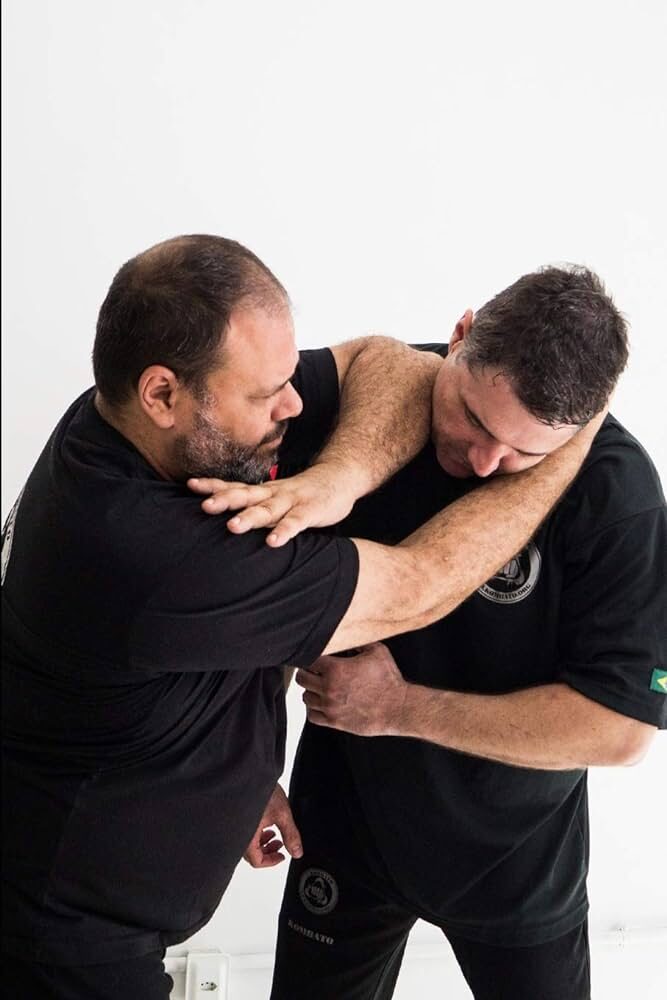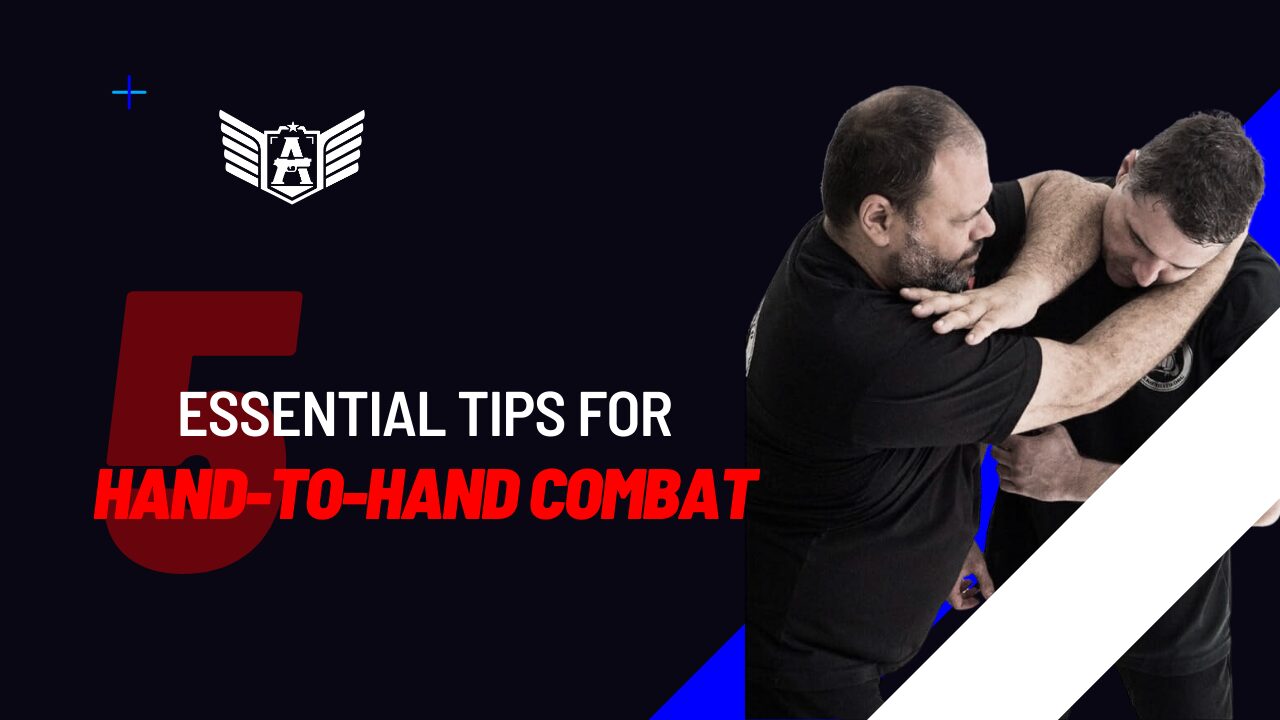Mastering the art of close combat is an indispensable skill. Whether faced with an unexpected confrontation on the streets or navigating high-risk environments, knowing how to handle close combat situations can mean the difference between life and death. In this article, we’ll explore five fundamental tips to help you navigate hand-to-hand combat scenarios effectively and emerge unscathed.

Hand-to-hand combat, characterized by its proximity and physical engagement, presents unique challenges that require swift and decisive action. As such, it’s essential to approach these situations with a clear understanding of the risks involved and a strategic mindset.
(1) Avoidance: One of the most effective strategies in close combat situations is avoidance. While it’s crucial to be prepared to defend yourself if necessary, whenever possible, seek to de-escalate confrontations and remove yourself from harm’s way. Recognize the potential for violence to escalate rapidly in close quarters and prioritize your safety above all else.
(2) Initiative: In the face of imminent danger, seizing the initiative can be critical to gaining the upper hand. Remember the mantra, “Strike first, strike hard, no mercy.” Take decisive action to neutralize threats swiftly and decisively. By maintaining control of the situation from the outset, you increase your chances of survival and minimize the risk of sustaining injury.
(3) Assume Multiple Threats: Close combat scenarios are dynamic and unpredictable, often involving multiple assailants or hidden dangers. Always assume there are more enemies than initially apparent and remain vigilant to potential threats from all directions. By adopting a mindset of preparedness and awareness, you can better anticipate and respond to emerging dangers.

Want to train with him? E-mail: mestre.kombato@gmailcom
(4) Avoid Ground Combat: While grappling techniques have their place in martial arts and combat sports, engaging in ground combat in a real-world scenario can expose you to significant risks. Avoid taking the fight to the ground whenever possible, as doing so limits your mobility and leaves you vulnerable to attacks from other assailants. Maintain a standing position to retain control of the situation and facilitate evasive maneuvers.
(5) Distinguish Combat from Sport: It’s essential to recognize the distinction between regulated sports or martial arts competitions and real-world combat situations. In close combat scenarios, there are no rules or referees to enforce fair play. Focus on tactics and strategies that prioritize your survival above all else, disregarding notions of sportsmanship or honor. Remember, in a life-or-death situation, your primary objective is to protect yourself and escape harm’s way by any means necessary.
Always remember the three rules of combat: no rules, play dirty, and never forget the first two.
Mastering close combat requires a combination of physical skill, mental fortitude, and strategic thinking. By incorporating these five essential tips into your training regimen and mindset, you can enhance your ability to navigate close combat scenarios effectively and emerge victorious. Stay vigilant, stay prepared, and above all, stay safe.




